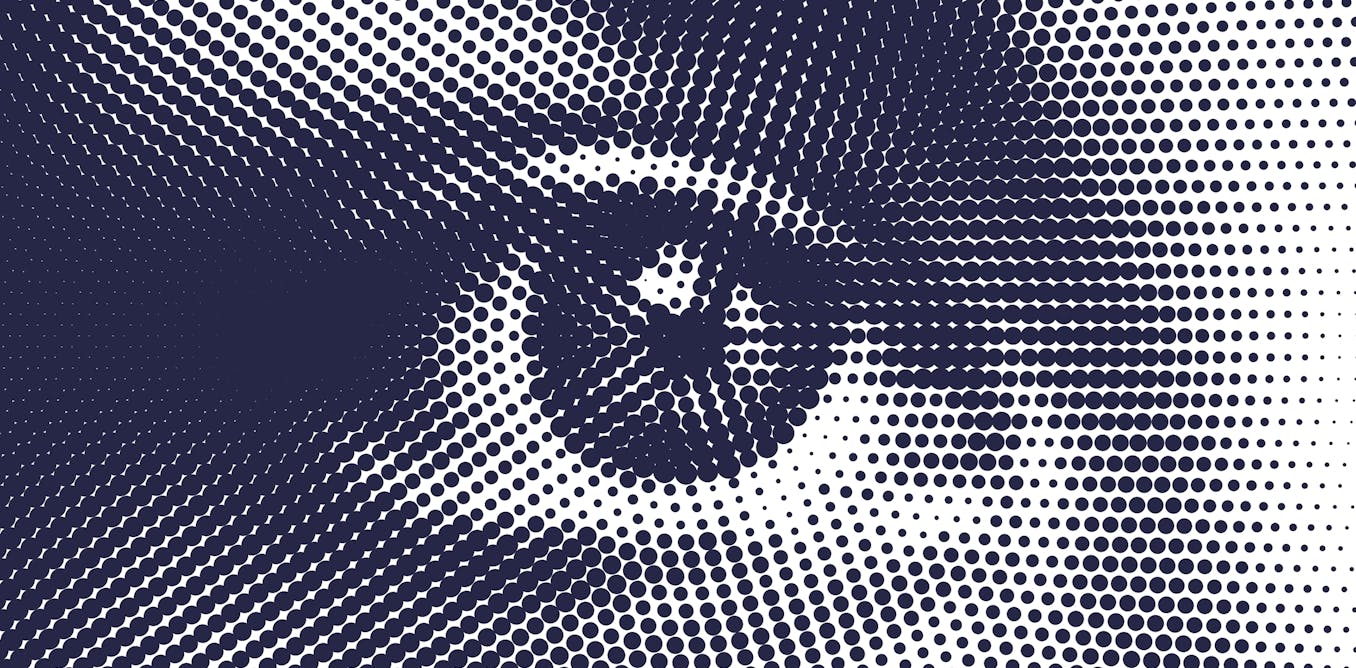- cross-posted to:
- technology@lemmy.ml
- cross-posted to:
- technology@lemmy.ml
We are constantly fed a version of AI that looks, sounds and acts suspiciously like us. It speaks in polished sentences, mimics emotions, expresses curiosity, claims to feel compassion, even dabbles in what it calls creativity.
But what we call AI today is nothing more than a statistical machine: a digital parrot regurgitating patterns mined from oceans of human data (the situation hasn’t changed much since it was discussed here five years ago). When it writes an answer to a question, it literally just guesses which letter and word will come next in a sequence – based on the data it’s been trained on.
This means AI has no understanding. No consciousness. No knowledge in any real, human sense. Just pure probability-driven, engineered brilliance — nothing more, and nothing less.
So why is a real “thinking” AI likely impossible? Because it’s bodiless. It has no senses, no flesh, no nerves, no pain, no pleasure. It doesn’t hunger, desire or fear. And because there is no cognition — not a shred — there’s a fundamental gap between the data it consumes (data born out of human feelings and experience) and what it can do with them.
Philosopher David Chalmers calls the mysterious mechanism underlying the relationship between our physical body and consciousness the “hard problem of consciousness”. Eminent scientists have recently hypothesised that consciousness actually emerges from the integration of internal, mental states with sensory representations (such as changes in heart rate, sweating and much more).
Given the paramount importance of the human senses and emotion for consciousness to “happen”, there is a profound and probably irreconcilable disconnect between general AI, the machine, and consciousness, a human phenomenon.



Huh? Since when an AI’s purpose is to “imitate human behavior”? AI is about solving problems.
It is and it isn’t. Again, the whole thing is super vague. Machine vision or pattern seeking algorithms do not try to imitate any human behavior, but they fall under AI.
Let me put it this way: Things that try to imitate human behavior or intelligence are AI, but not all AI is about trying to imitate human behavior or intelligence.
From a programming pov, a definition of AI could be an algorithm or construct that can solve problems or perform tasks without the programmer specifically solving that problem or programming the steps of the task but rather building something that can figure it out on its own.
Though a lot of game AIs don’t fit that description.
I can agree with “things that try to imitate human intelligence” but not “human behavior”. An Elmo doll laughs when you tickle it. That doesn’t mean it exhibits artificial intelligence.